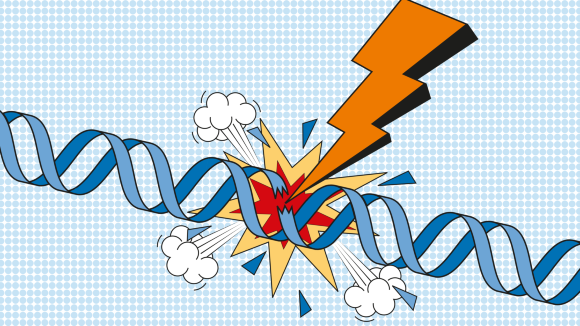Article series explore a specific theme and comprise commissioned Reviews, Perspectives and Comments that are published consecutively over a period of time.
Click below to access new content added to ongoing series.
Molecular ageing
Started 2019
Cell death
Started 2019
Translation and protein quality control
Started 2017
Metabolic signalling
Started 2017
RNA processing and modifications
Started 2016
Adult stem cells
Started 2015
Technologies and techniques
Started 2014
Cell death and autophagy
2013 -- 2018
DNA damage
Started 2012
Post-translational modifications
Started 2011

